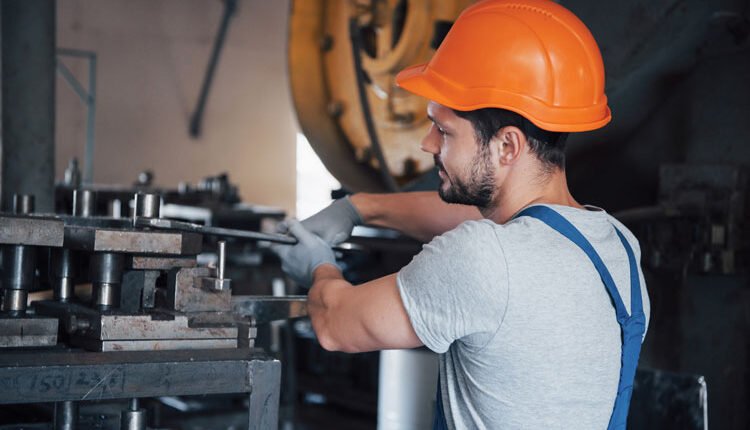In the world of manufacturing and machining, tool clamping technology plays a critical role in ensuring precision, efficiency, and safety. Tool clamping refers to the process of securing cutting tools, such as end mills, drills, and inserts, to a machine tool or workpiece holder. A reliable and robust clamping system is essential to prevent tool slippage, minimize vibration, and achieve accurate results. This article aims to provide an overview of tool clamping technology, its types, and its significance in modern manufacturing processes.
Importance of Tool Clamping Technology
Effective tool clamping is crucial for several reasons:
1. Accuracy and Precision: Proper tool clamping ensures that the cutting tool is firmly held in place during machining operations. This stability translates to improved accuracy and precision in the finished workpiece.
2. Tool Life and Performance: Correct clamping reduces tool wear and prolongs tool life by minimizing tool deflection and vibration. This directly impacts cutting performance and reduces the need for frequent tool changes.
3. Safety: Inadequate tool clamping can lead to dangerous situations, including tool ejection during high-speed machining. A reliable clamping system is vital to safeguard operators and the surrounding environment.
Types of Tool Clamping Technology
Various tool clamping systems are employed in the manufacturing industry, each catering to specific machining requirements. Some common types include:
1. Mechanical Clamping: This traditional clamping method involves using nuts, bolts, and other mechanical devices to secure the tool in place. Mechanical clamping systems are easy to use and cost-effective but may require more time for tool changes.
2. Hydraulic Clamping: Hydraulic clamping systems utilize hydraulic pressure to clamp and release tools quickly and efficiently. These systems are known for their high clamping force, making them suitable for heavy-duty machining applications.
3. Pneumatic Clamping: Pneumatic clamping operates on compressed air, providing a fast and automated tool change process. It is commonly used in production lines with repetitive machining tasks.
4. Heat-Activated Clamping: Heat-activated clamping systems rely on the principle of thermal expansion to secure the tool. When heated, the clamping element expands, firmly gripping the tool in place.
5. Magnetic Clamping: Magnetic clamping is employed in non-conventional machining processes, where a magnetic field is used to hold the tool securely.
6. Hybrid Clamping: Some modern tool clamping systems combine different technologies, such as mechanical and hydraulic clamping, to optimize tool change speed and clamping force.

Factors Influencing Tool Clamping
Several factors need to be considered when selecting the appropriate clamping system for a specific application:
1. Machining Task: The type of machining operation, such as milling, turning, or drilling, affects the choice of clamping technology.
2. Material and Cutting Conditions: The material being machined and the cutting parameters (speed, feed rate, etc.) influence the required clamping force and stability.
3. Machine Tool Type: Different machine tools have varying requirements for tool clamping, depending on their design and capabilities.
4. Tool Size and Shape: The size, shape, and shank configuration of the cutting tool play a role in determining the most suitable clamping system.
5. Productivity and Automation: In high-volume production environments, automated clamping systems are preferred to minimize downtime and optimize productivity.
Conclusion
Tool clamping technology is a critical aspect of modern manufacturing, impacting precision, productivity, and operator safety. Manufacturers must carefully assess their machining requirements and consider various clamping options to select the most appropriate system for their applications. As technology continues to advance, we can expect further innovations in tool clamping, leading to even more efficient and reliable machining processes.


